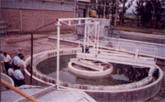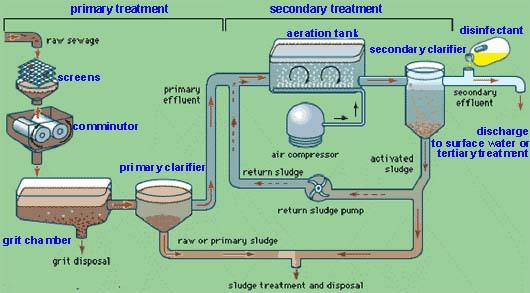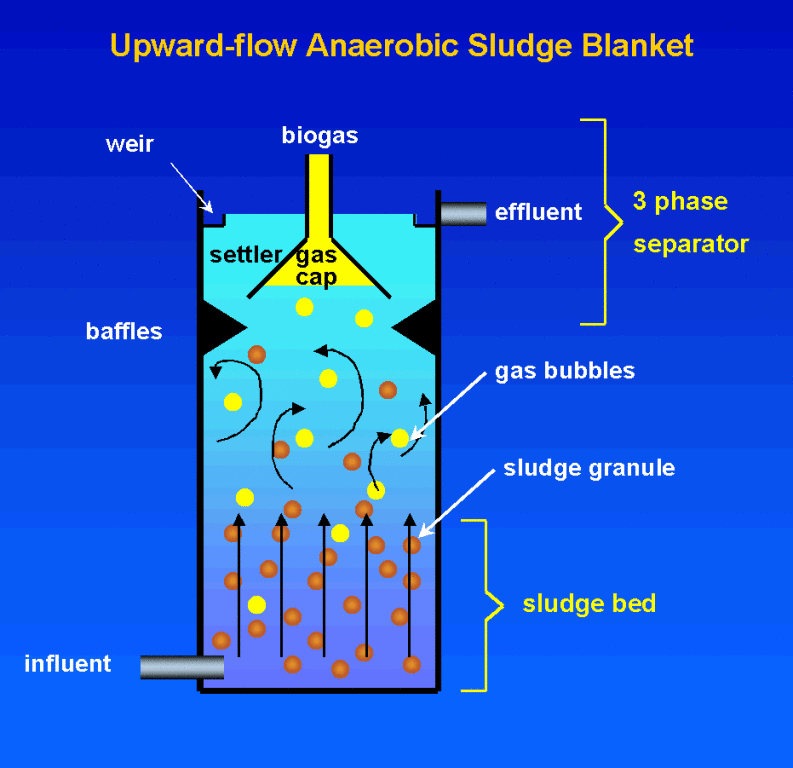 |
|
|
Industrial activities require high quality water and generate wastes deteriorating the environment, thus leading to treatment. The importance of saving water is emphasized along with the need of recycle and reuse water resources. Higher costs of water resources are a good reason for water savings, so water reuse has become an important part of all economic activities. |  |
|  | ENGETEC Treatment Spectrum
Water and wastewater treatment depend on physical, chemical and biological operations and processes to remove the un-wanted substances or pollutants. Treatments can be carried out in combinations of pre-treatment, primary treatment, secondary treatment and advanced treatment. Every application depends on the available raw water quality, the required finished water specs and, obviously, economic considerations.
Wastewater treatment equipment generally includes bar screen, grit removal, oil and grease removal, sedimentation, filtration, biological treatment, sludge dewatering, chemical dosing and advanced treatment.
|
| 1. Preliminary Treatment
Preliminary treatment covers removal of larger suspended solids and heavier inorganic particulates through mechanical bar screening, gravitational sedimentation and flotation. This is to avoid sub-sequent operations and processes from clogging and abrasion.
Preliminary treatment generally includes: bar screen, fine particle sieving, grit chamber, pre-aeration, grease well, scraping chamber, etc.
|  |
| |
2. Primary Treatment
Primary treatment uses physical sedimentation or flotation to remove the majority of water-borne settleable substances. Whenever coagulants are applied, colloidal substance can also be removed. The primary treatment equipment consists of primary clarifier, flotation chamber, chemical coagulation and sedimentation, as well as special clarifiers, e.g. inclined plate sedimentation, double-layer sedimentation. Under our design and supervision our affiliates manufacture equalization equipment, primary clarifiers, dissolved air flotation (DAF) equipment, mixers, aerators, diffusers, etc.
|
| 3. Secondary Treatment
Secondary treatment is the biological treatment that controls the environment to grow microorganisms to degrade organic substances. Biological treatment can be either aerobic or anaerobic. Aerobic systems include contact aeration, trickling filter and rotary biological disc, etc., while anaerobic systems generally consist of up-flow anaerobic sludge blanket digestors (UASB reactors, click image to enlarge). |  |
| |
4. Advanced Treatment Equipment
Advanced treatment is the treatment to further remove nitrogen, phosphate, solids, salt, color and odor from the biologically treated effluent as well as to achieve disinfection. Advanced treatment is also called “tertiary treatment”.
- Nitrogen Removal: to remove nitrogen from wastewater using biological nitrification/de-nitrification, chlorination, ion exchange, etc.
- Phosphate Removal: to remove phosphates from wastewater using biological phosphorus removal, chemical precipitation and combining biological and chemical processes.
- Solid (Colloids) Removal: to remove suspended and dissolved solids. Suspended solids, including fine particles and colloids cannot be removed efficiently through gravity sedimentation; they are removed using centrifuge, dissolved air flotation (DAF), diatomaceous earth filtration, coagulation sedimentation plus rapid sand filtration; dissolved solids are removed with ion exchange, membranes, activated carbon adsorption and chemical oxidation.
- Salt Removal: Commonly removed with ion exchange, electrodialysis, reverse osmosis, freezing, evaporation and distillation.
- Color and Odor Removal: Technologies include oxidation and activated carbon adsorption.
- Recovery and Reuse Equipment: most of relevant industries have begun to emphasize the effective reuse of water resources. In addition to reducing wasteful water consumption, the wastewater effluent is also recycled and reused after its treatment in advanced systems such as MF, UF, NF and RO. These technologies support our basic Water Management programs
|
| |
| |
 |
|
